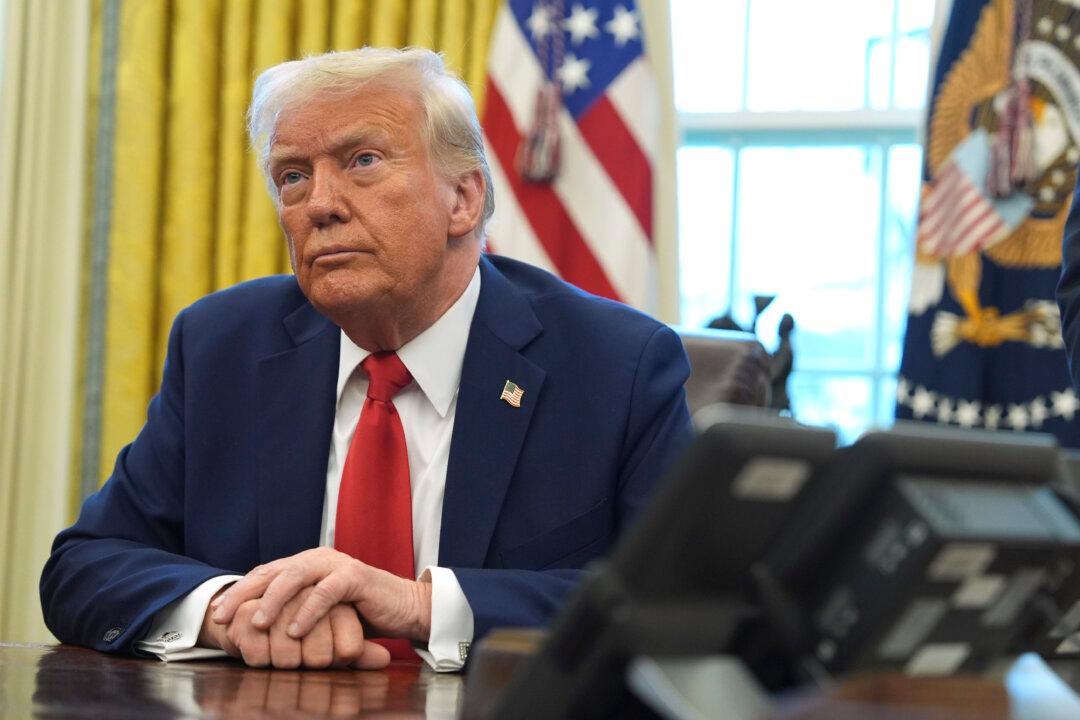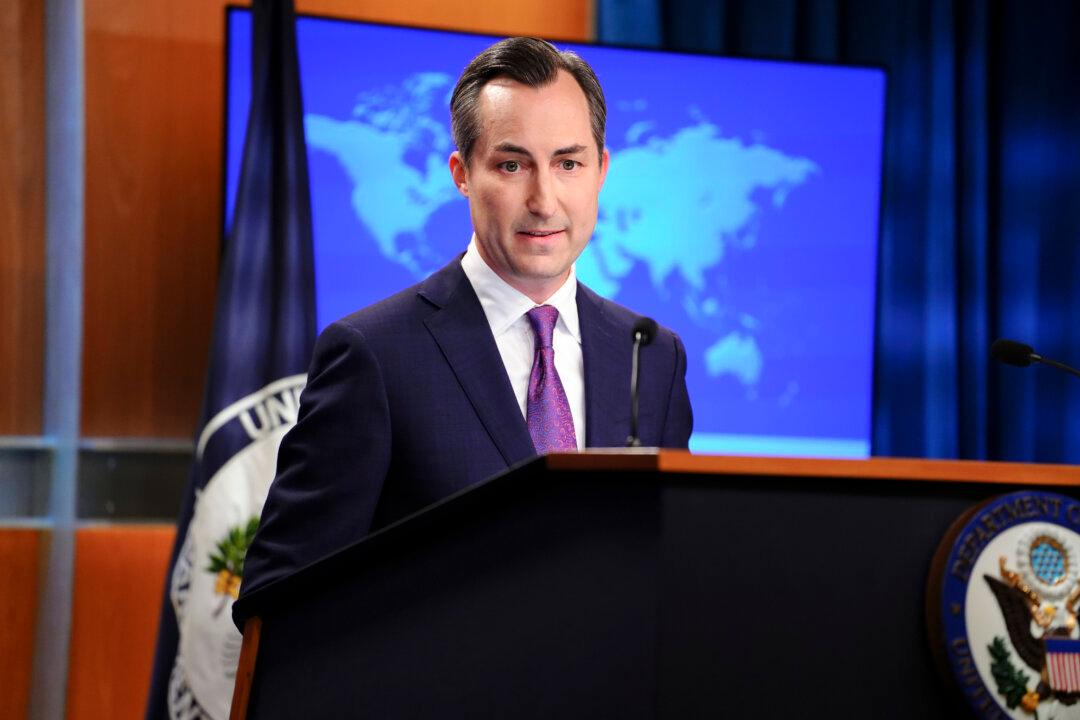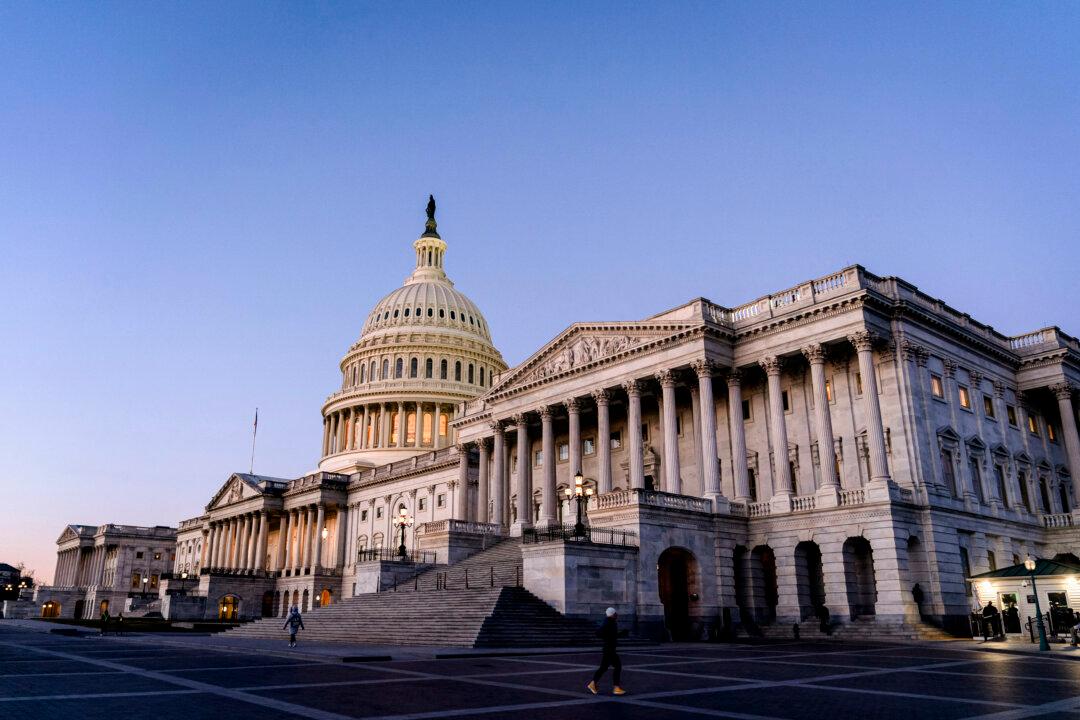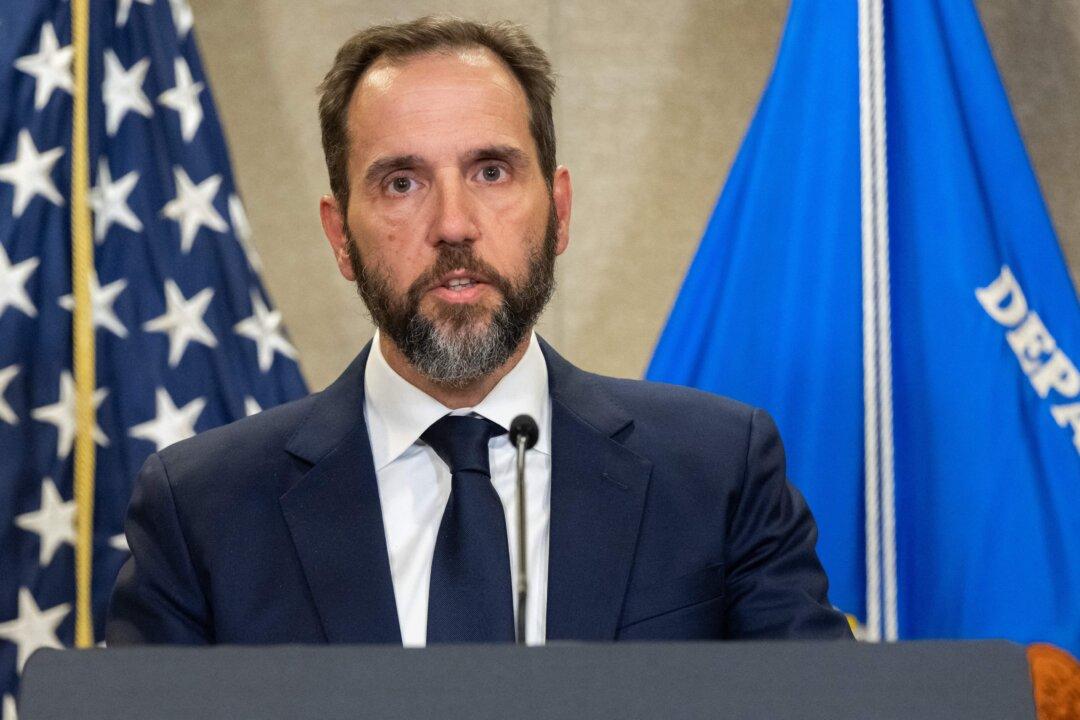For years, China has pushed its narratives and propaganda through media outside of its borders. Since 2017, these Chinese influence campaigns have been accelerated with new tactics, according to a just-released report by the U.S.-based nonprofit Freedom House.
“Journalists, news consumers, and advertisers in countries ranging from Sweden to Russia, South Africa, the United States, and Australia are encountering intimidation or censorship of political content that the CCP [Chinese Communist Party] considers undesirable,” stated Sarah Cook, Freedom House’s senior research analyst and author of the report, in a press release.
In a phone interview with The Epoch Times, Cook explained that Beijing has three goals behind their influence campaigns: promoting a positive image of China and the CCP; promoting China’s openness to economic engagement, especially Chinese investment in other countries; and suppressing viewpoints and coverage of topics that is critical of the CCP.
Positive Image
Cook added that Beijing added a new goal in 2017: presenting China as a model for political-economic development for developing countries.
Beijing’s messaging, while intentionally portraying China in a positive light, “omits the objective negative dimensions of China’s authoritarian political system and rapid economic development,” according to the report.
Examples of such omission include egregious human rights violations against ethnic and religious minorities, and the dark side of China’s foreign engagement, such as corrupt deal-making and the opaque accumulation of public debt, according to the report.
Beijing has been accused of putting developing countries in a “debt trap,” after these countries join China’s massive investment initiative of “One Belt, One Road” (OBOR, also known as Belt and Road). Rolled out in 2013, it aims to build up trade routes linking China, Southeast Asia, Africa, Europe, and Latin America.





